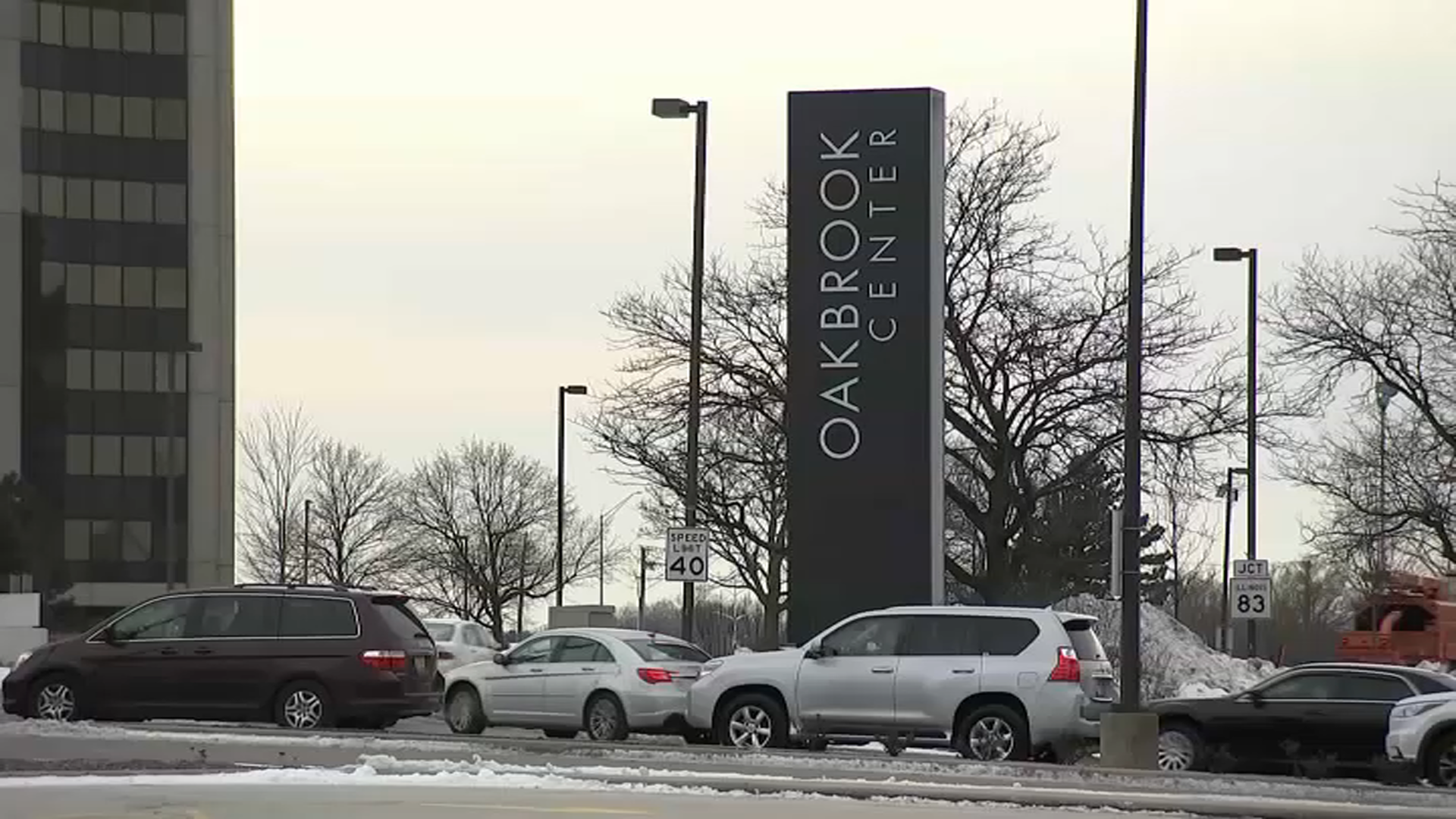They like to say they are “powered by poo”.
Fair Oaks Farms, a mammoth dairy operation in central Indiana, prides itself on high-tech farming operations which are open for the world to see. But behind the scenes, Fair Oaks has created an energy operation which has become a model for farms around the world.
Anyone driving down I-65 might find Fair Oaks hard to miss. Ubiquitous billboards beckon visitors to spend the day on cow and pig “adventures”, where they will see cows milked on mammoth carousels, even the promise of a calf being born.
How can you be certain of seeing a birth? It’s easy, when you have 38,000 cows. And from the beginning, Fair Oaks’ creators wanted their operation to be a place where everyone could learn about farming from the ground up.
“Only two percent of the population is now involved in agriculture,” notes co-founder Mike McCloskey. “We’ve lost touch with exactly how it is we are producing our food.”
You see it all at Fair Oaks. Visitors can spend their day with hands-on exhibits, watch the milking and birthing operations, and dine in a mammoth restaurant (where yes, the grilled cheese is to die for.) Soon, they will be able to stay overnight in a farm-themed hotel.
But transparency was only one of McCloskey’s goals. As he and his partners built Fair Oaks into the mammoth operation it has become, they also set out to prove they could be a model of sustainability. And that starts with using the manure produced by all of those cows.
Local
All of it.
“We have about 15,000 cows worth of manure on a daily basis coming in to here,” he told NBC 5, standing next to the farms’ mammoth manure “digester”. “In gallons, it’s about 650,000 gallons a day.”
About 30 percent of the manure coming into the digester is converted to natural gas. That is cleaned and used to power the farms’ electric generators, and perhaps most importantly, fuel the 18 wheelers which carry the milk to market.
“We produce enough fuel to go 12 million miles a year,” McCloskey says. “Which is the equivalent of eliminating 2 million gallons of diesel from our highways.”
If that sounds impressive, consider the fact that when he started, McCloskey had the gas but no one made 18 wheelers that could burn it.
That meant inventing the engines. And with partners Cummins and Kenworth, he did just that. But there were misfires in the early days.
“I would say that every truck blew at least one engine and most of them probably two,” he notes. “But Cummins had engines sitting by, and they’d put a new engine in in 48 hours. Everyone was committed.”
Now the engines are humming, and McCloskey boasts that there are over 5,000 of the CNG powered trucks on the road. Over 40 of those truck are transporting Fair Oaks milk.
“You’re destroying methane, which is not going into the atmosphere, so you’re lowering your greenhouse gases,” he notes. “Therefore, your carbon footprint of your farm is being lowered, while at the same time, you’re avoiding using a fossil fuel to produce power, be it coal, or oil, or natural gas.
And the solids left over from the manure-to-energy process, are converted to fertilizer for the fields where Fair Oaks grows its corn. So the cows eat the corn, produce manure, which is processed to energy and fertilizing to grow more corn, to feed the cows, which McCloskey likes to note, are very efficient engines themselves.
Of course, there is one other thing produced, which he reminds a visitor is the main product which comes from cows.
“What comes out of the cow first is this incredible nutritious product called milk---delicious!” he notes. And Fair Oaks’ cows produce about 280,000 gallons of milk every day.
By the way, there is one remaining product from the manure process----water. McCloskey says he and his wife are seriously looking at a purification process, which may lead to a brewery.
Yes---beer brewed from you-know-what.
But that’s a different story.



